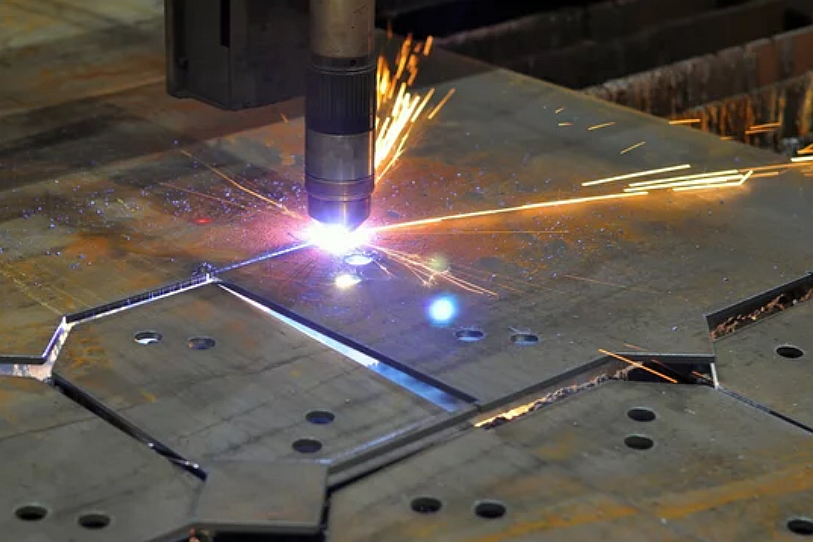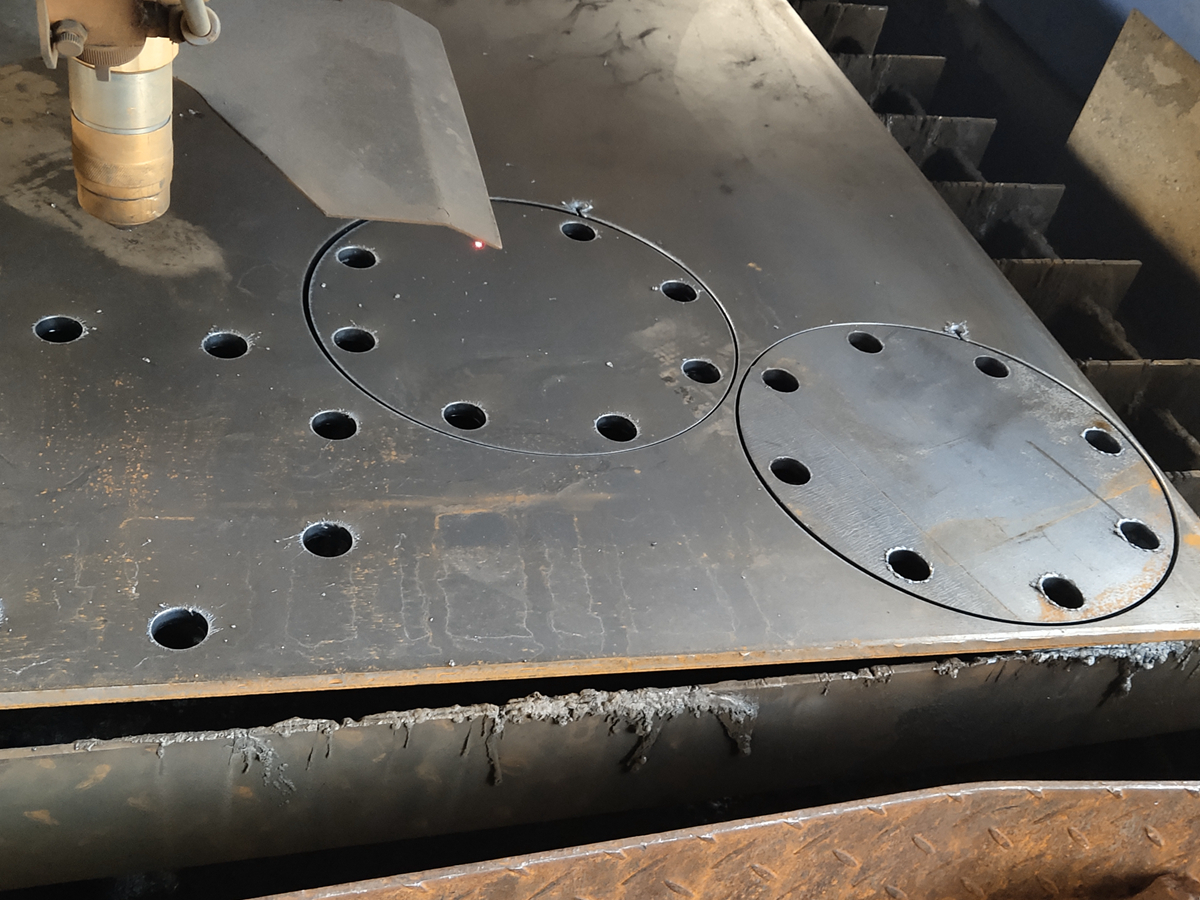How is technology advancing plasma cutting capabilities?
Introduction
Plasma cutting has evolved from a manual, high-energy process into a digitally optimized precision technique that supports advanced manufacturing industries. By integrating automation, AI-driven control, and material-specific process optimization, plasma cutting now achieves tighter tolerances, smoother finishes, and higher productivity across applications in aerospace, automotive, and energy sectors.
Intelligent Process Control
Modern plasma cutting systems utilize CNC automation, featuring adaptive torch height and dynamic amperage modulation. These features automatically adjust arc parameters based on material type and thickness, much like CNC machining prototyping ensures dimensional repeatability. Coupled with real-time sensors, operators can now maintain consistent kerf width and minimize dross even on reflective cast aluminum or copper alloy surfaces.
Digital Integration and Automation
Integration with CAD/CAM systems allows seamless data exchange between sheet metal fabrication and cutting stations. Smart nesting algorithms optimize material utilization, reducing waste by up to 20%. When paired with robotic handling, plasma cutting achieves continuous, unmanned production—ideal for prototyping and low-volume batch manufacturing. Multi-axis robotic torches also extend capabilities to complex 3D contours, enabling hybrid processing with laser cutting and metal bending for integrated forming lines.
Material-Specific Advancements
Material innovation drives cutting precision. For example, optimizing plasma parameters for nickel-based alloys and stainless steel minimizes heat-affected zones, preserving mechanical properties essential for turbine, medical, or electronic components. For tool steel and zinc alloy, cooling cycles and gas mixtures have been refined to ensure clean, burr-free edges.
Surface Quality and Post-Processing
Advancements in post-cut finishing further enhance surface quality. Automated polishing removes micro-imperfections, while powder coating adds corrosion resistance and improves the appearance of consumer and industrial products. These integrated finishing steps eliminate secondary rework and reduce total manufacturing time.
Industry Impact
In aerospace manufacturing, AI-controlled plasma systems cut lightweight alloys for aircraft structures with micron-level accuracy. Automotive factories utilize robotic plasma stations for the rapid production of chassis and exhaust components, while energy plants rely on advanced plasma cutting for the fabrication of thick-section turbine housings and heat exchangers.
Future Outlook
Emerging innovations, such as real-time thermal imaging, predictive maintenance, and IoT integration, will further push plasma cutting into the realm of smart manufacturing. When combined with precision prototyping and data analytics, the process becomes a fully traceable, closed-loop system that ensures optimal performance across all production stages.



